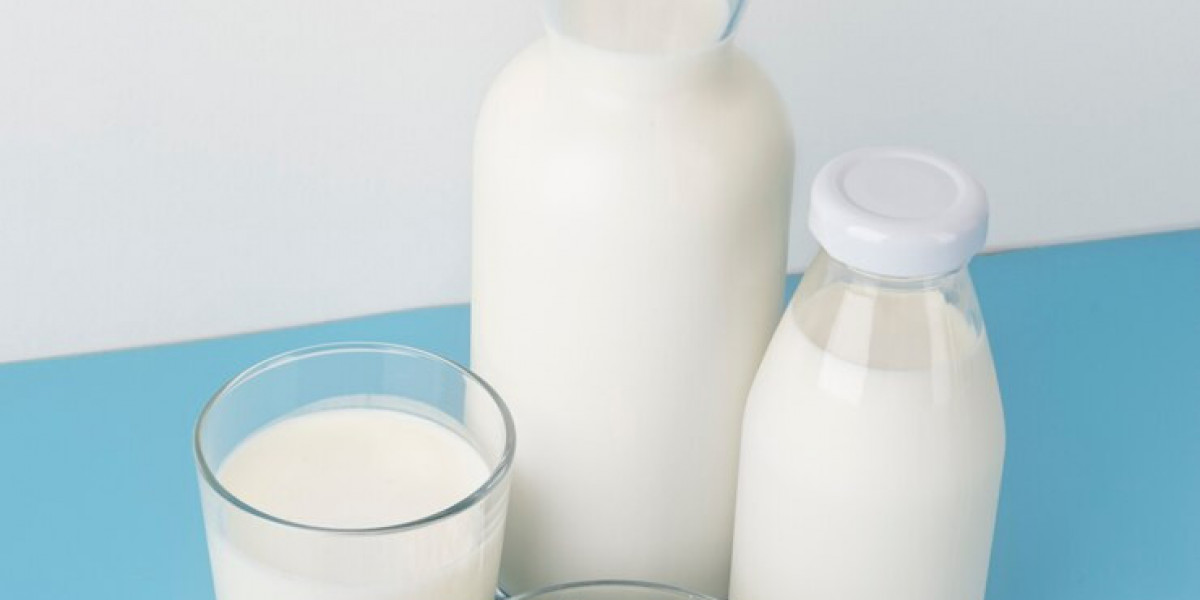The global lactase market has seen notable growth over the past decade, driven primarily by increasing awareness of lactose intolerance and a growing preference for lactose-free dairy products. Lactase, an enzyme responsible for breaking down lactose into glucose and galactose, has become a key ingredient in the food, pharmaceutical, and nutraceutical industries. However, despite its potential and rising demand, the lactase market faces several significant challenges that hinder its full-scale expansion.
1. High Production Costs and Complex Extraction Processes
One of the primary obstacles in the lactase market is the high cost associated with enzyme production and extraction. The process of obtaining high-quality, active lactase involves microbial fermentation, which requires stringent conditions, controlled environments, and advanced biotechnological equipment. The complexity of purification and stabilization processes further inflates production expenses. These costs ultimately affect the pricing of lactase-based products, making them less competitive in cost-sensitive markets.
2. Inconsistent Regulatory Frameworks Across Regions
Global trade in lactase is significantly influenced by regulatory differences between countries and regions. For example, lactase used in food applications must meet various safety and quality standards set by authorities like the FDA (USA), EFSA (EU), or FSSAI (India). These varying regulations can complicate market entry, delay product approvals, and increase compliance costs for manufacturers. Furthermore, labeling requirements for "lactose-free" products differ globally, leading to confusion and inconsistent branding strategies.
3. Limited Awareness in Emerging Economies
While awareness of lactose intolerance is growing in developed markets, it remains limited in many developing regions. In countries where dairy is a cultural staple, lactose intolerance often goes undiagnosed or is misunderstood. Consumers may not seek alternatives or be willing to pay a premium for lactase-enriched products. This lack of awareness restricts the markets growth potential in areas like Southeast Asia, Africa, and parts of Latin America, despite high lactose intolerance rates.
4. Competition from Plant-Based Alternatives
The rise of plant-based diets and vegan lifestyles presents another significant challenge. Consumers increasingly prefer non-dairy alternatives like almond, oat, soy, and coconut milk, which are naturally lactose-free. This trend reduces the demand for lactase-based dairy solutions. Additionally, plant-based products are often marketed as healthier and more sustainable, which can overshadow lactose-free dairy in terms of consumer appeal and market share.
5. Shelf-Life and Stability Issues
Lactase enzymes are sensitive to environmental factors such as heat, pH changes, and moisture. Ensuring enzyme stability during processing, packaging, and storage is a technical hurdle that limits the use of lactase in certain applications. If not stored correctly, the enzyme may lose activity, resulting in ineffective lactose breakdown and dissatisfied consumers. Innovations in encapsulation and formulation are being explored but are yet to become widely adopted due to cost and scalability concerns.
6. Intellectual Property and Patent Barriers
Several major players in the lactase market hold key patents related to enzyme production methods, formulations, and applications. These intellectual property barriers limit new entrants and can create monopolistic conditions. Smaller companies often face difficulties navigating the IP landscape or must invest heavily in licensing, further limiting innovation and competition in the sector.
Conclusion
The lactase market is ripe with opportunity, especially given the rising awareness of digestive health and lactose intolerance. However, the industry must overcome a complex web of challenges including high production costs, regulatory inconsistencies, limited awareness in key markets, and growing competition from plant-based alternatives. Strategic investments in RD, public awareness campaigns, and technological advancements in enzyme stabilization could help address these hurdles and unlock the markets full potential.








